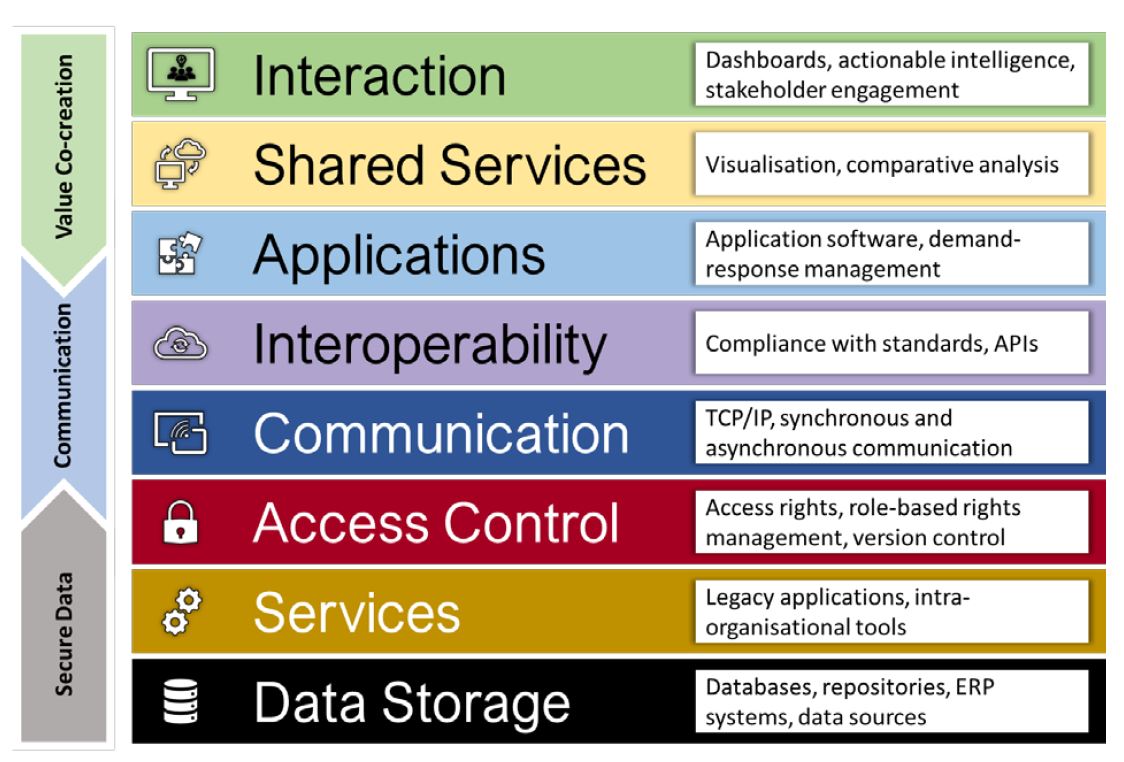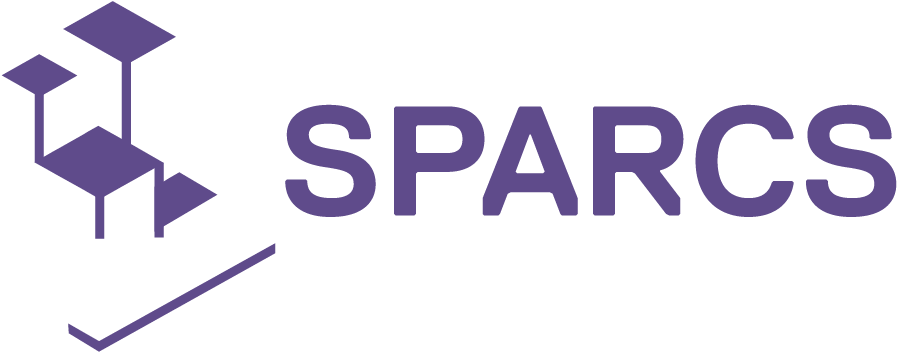SPARCS reference architecture for ICT platforms and interfaces supports cities in urban energy transformation
The multi-tiered reference architecture acts as a practical tool for increasing interoperability and developing data-based energy solutions and services in building, district, and city levels. The five use cases from the Lighthouse cities Espoo and Leipzig helped to concretize the tiers and visualize the framework.
In recent years, data-based solutions for decision-making and value-creation have become increasingly relevant, as more and more data from different sources is available for utilisation. In the cities, the desire to optimise energy demand-supply to ensure carbon neutrality has created a fruitful ground for applications that use data efficiently. There is a growing need to enhance the seamless connection and operability between systems and solutions – at present, most data is collected through different heterogenous systems, and its further exaltation requires extra work. Frameworks for ICT platforms and interfaces are needed for creating actual data-based intelligence and value-added services.
Position mechanism that increases interoperability
The SPARCS generic ICT reference architecture for interoperable ICT platforms and interfaces for positive energy districts was created to support ICT-based interventions in Espoo and Leipzig. It also serves as a basis for other cities to work on similar interventions: the reference architecture has been designed to ensure, that identified use cases and intervention actions can be easily understood, realised, and where relevant replicated. Aside from that, it also serves as a basis for the SPARCS ICT Ecosystem.
In practice, the SPARCS reference architecture acts as a positioning mechanism that allows different applications to be mapped onto it. Positive energy districts are collaborative efforts and there are always numerous partners, ICT systems and interfaces involved. The simple, seamless and secure flow of data acts as a solid base for creation of new solutions and services.
The idea of the reference architecture is to demonstrate the process where data is captured from different distributed sources and legacy applications and used to build new applications and services, which then are presented to different stakeholders to support value-creation. It is composed of three tiers: secure data, communication, and value co-creation. In short, it provides a mechanism to securely access data from multiple sources, to communicate it using standard communication protocols, and to then enable value co-creation through different applications and visualisation tools.
Use cases demonstrate the reference architecture in action
To validate the reference architecture, it was implemented in altogether five use cases in Espoo and Leipzig: in optimization of the NZEB energy system and building automation steering system in Lippulaiva shopping centre, thermal and battery storage prediction in Sello shopping centre, citywide virtual power plant in Leipzig and implementation of a human-centric application for end users. The dialogic process during the use case mapping ensured the relevance of the positioning framework and erased doubts, if there were any: during the work the main realisation was, that the process was easy and made a lot of sense.
Interoperable systems are without doubt one of the key features in aim to ensure an urban energy transformation towards positive energy buildings, districts, and cities. On this path, the SPARCS reference architecture serves as a steppingstone for smarter use of platforms and interfaces.

